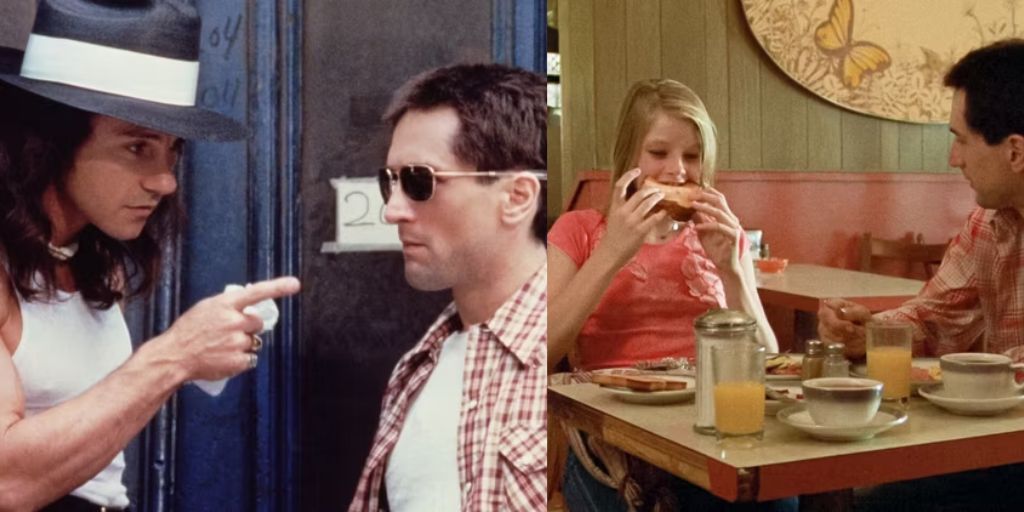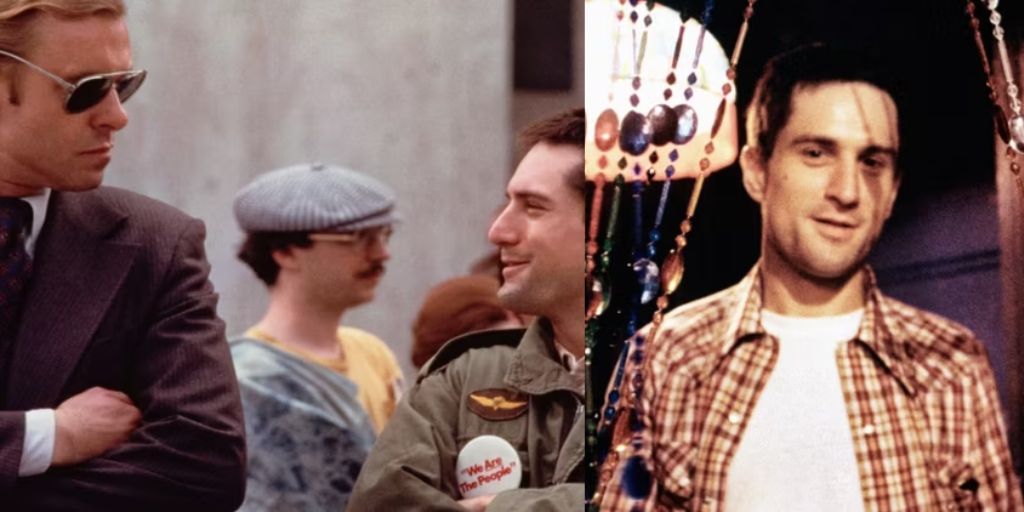Despite its broad recognition and status as a classic, Taxi Driver remains a disturbing and unsettling look at a man on the edge of destruction. Martin Scorsese’s skill as a director turned this dark and uncomfortable film into a mainstream hit.
With a script by Paul Schrader, whose own psychological struggles were mirrored in Travis Bickle (Robert De Niro), the film’s subject matter was taken seriously by both audiences and rating boards. The MPAA initially gave Taxi Driver an X-rating because of its intense final shootout, which featured a lot of blood and severed fingers.
Scorsese, distressed at the idea of cutting his film, found a creative way to avoid the X-rating while keeping his artistic vision intact.
“Taxi Driver” Exposed the Limits of Cinematic Narrative
Everyone knows about Taxi Driver, from its famous anti-hero and the iconic “You talkin’ to me?” line to the nightmarish look created by Scorsese and cinematographer Michael Chapman. The film focuses on a lonely insomniac who drives a taxi and eventually spirals into violence.
It helped establish Scorsese as one of the top filmmakers of his time. This gritty view of New York City is a key film of New Hollywood, a genre that changed Hollywood’s expectations. However, the film almost faced serious trouble due to the ratings board, which almost gave it an X-rating.
Steven Spielberg, a close friend and contemporary of Scorsese, played a significant role during this time. In a 2016 Director’s Guild of America Q&A, Spielberg and Scorsese discussed their careers, including the difficulties Scorsese faced with Taxi Driver.

Spielberg recounted how Scorsese was so distressed by the ratings board’s feedback that he threatened extreme measures to avoid studio interference. The MPAA had a problem with the intense shootout scene where Travis attacks a brothel, leading to a demand from the studio to alter the scene.
Spielberg was shown the controversial scene by Scorsese, who was editing with Marcia Lucas, George Lucas’s then-wife. Spielberg found the scene amazing, but Scorsese was focused on avoiding the X-rating.
Columbia Pictures demanded changes to avoid an X-rating, which could significantly hurt the film’s success since major theaters avoid X-rated films. Scorsese, frustrated and angry, devised a clever solution to avoid cutting any footage: he desaturated the blood in the scene.
By making the blood appear less bright, Scorsese managed to lower the rating to R without removing any shots. This technique, borrowed from John Huston’s adaptation of Moby Dick, also added a new grainy look to the film.
Quentin Tarantino has furthered the legend of Scorsese’s Taxi Driver edits. During a screening, Tarantino shared a dramatic version of the story, claiming Scorsese stayed up all night with a gun, ready to confront studio executives.
Though this version may be exaggerated, it shows how much Taxi Driver meant to Scorsese. The film was a personal project for him, and his struggles during the ’70s are well-documented.
Today, Scorsese enjoys significant creative freedom and works with major studios like Netflix and Apple without facing the same constraints. No studio would now demand changes to his work, allowing Scorsese to maintain his artistic integrity.
Taxi Driver can be streamed on Prime Video in the U.S.




